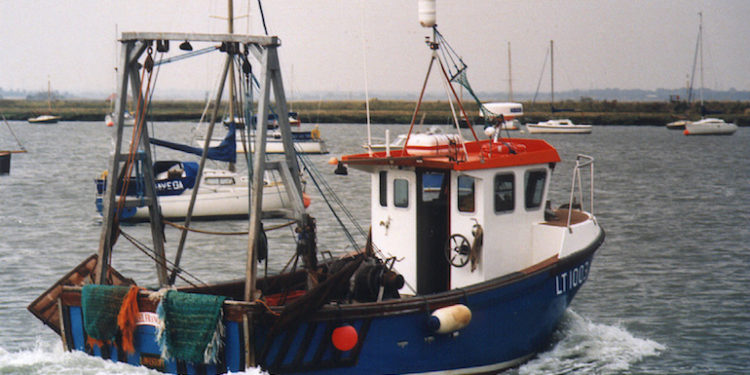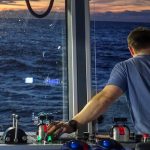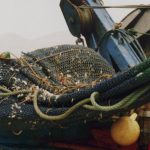The NFFO’s East Anglian Committee has highlighted the need for a concerted effort to protect fishing opportunities and the viability of the fleets in the region. Fishermen in the region are rapidly running out of options, according to the NFFO.
Against the background of generally improving stock biomass and TACs for the North Sea’s main commercial stocks, small-scale fishing off the East Anglian coast is starved of fishing opportunities. This situation is a function of the specific species on which this fishery is based and the blunt management measures in place for those stocks, according to the NFFO.
Despite its credentials as a sustainable historic fishery, this small-scale sector faces an existential threat because of a perfect storm of circumstances surrounding the stocks on which it depends.
Spurdog traditionally provided a valuable line fishery in this area. According to ICES advice which covers the whole of the North East Atlantic, the decline of the biomass because of overexploitation of a slow growing species from the 1990s has been stabilised and the stock trends are improving, not least because the autoline fleet which were the main source of fishing mortality no longer exists. Recovery is not uniform across the whole area and there are now very large aggregations throughout the year off the East Anglian coast which are observed to be having a displacement effect on other species like cod, sole and ray.
The genetically separate sub-population of cod in the southern North Sea has not experienced the steady rebuilding of the stock that has been experienced further north. This may be due to ecosystem change, competition against the dramatic increase in the North Sea plaice biomass, or some other reason.
Management measures to reduce bass fishing mortality have reduced fishing opportunities to 5 tonnes per year for liners and 1.2 tonnes for the gillnet fishery. This low bulk, high value species is locally abundant and the constraints on catches remove an important source of income. An ICES benchmark of bass is underway and its results may inform a route to a management regime with sustainable fishing opportunities.
It is well recognised that the current EU approach to managing the skates and rays fisheries through a single TAC is blunt and ineffective, although sub-TACs increases the choke risk when the landing obligation is extended to these species in January 2019. A review of the management approach is underway which may in time offer some relief.
Although the overall stock of sole in the southern North Sea is harvested sustainably and the biomass is above MSY trigger level, there is concern that the observed spatial change in effort linked to the shift from beam trawling to pulse fishing may be having local effects off the East Anglian coast. Quota distribution issues are an added impediment to the contribution that this species might make to the local economy.
According to the NFFO, the treatment of species in silos without taking account of the overall viability at fishery level has led to a situation that jeopardises the survival of the fleet off the East Anglian coast.
‘Unless a more holistic approach is adopted, we fear that this small but locally important fishery will slip through the cracks between different agencies and responsibilities into oblivion,’ an NFFO spokesman said.
‘As a matter of urgency, we therefore request that a multi-agency task force comprised by Defra, Cefas, MMO and the EIFCA, work together with the fishing industry to ensure the viability of this small, environmentally sustainable and locally important fishery in the face of bureaucratic inertia, blunt fisheries management approaches and artificial constraints.’









